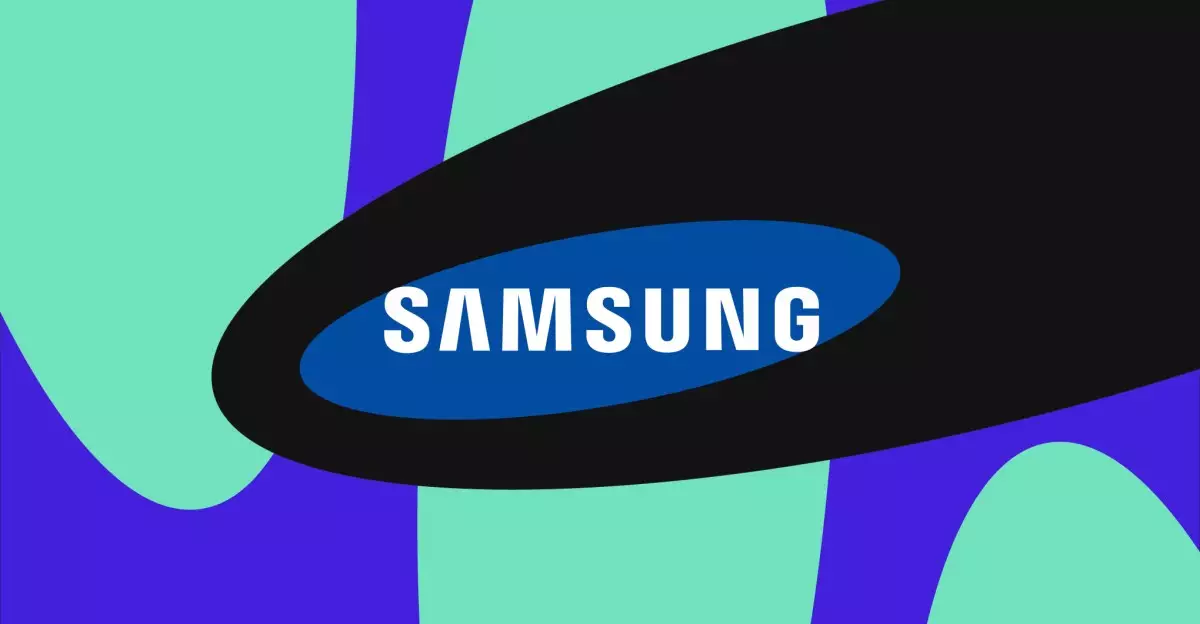As competition in the smartphone market intensifies, Samsung appears to be positioning itself strategically to capture midrange consumers with its upcoming Galaxy A56. This device, intended to rival Apple’s iPhone SE, is anticipated to launch next month, coinciding with rival offerings from tech giants like Apple and Google. This article delves into the design, specifications, and potential market impact of the Galaxy A56, examining what makes it a noteworthy contender in the crowded midrange smartphone landscape.
Recent visual leaks have showcased the Galaxy A56 in a vibrant array of colors, including silver, pink, black, and pale green. The phone features a modern design characterized by flat edges and a pronounced display bezel that is notably thicker at the bottom. These design choices not only impart a contemporary feel but also indicate a shift towards user-centric aesthetics. The camera arrangement is particularly striking; the three lenses are elegantly housed within a flat island topped with a black backing, emphasizing the device’s visual cohesiveness.
Interestingly, the power and volume buttons are redesigned to rise slightly from the phone’s edge, deviating from the traditional flush design. This alteration not only enhances usability but also adds an element of sophistication to the overall look of the device. The design showcases Samsung’s commitment to evolving its midrange offerings without compromising on style.
While design is crucial, performance features remain paramount for potential buyers. The rumors surrounding the Galaxy A56’s specifications suggest that it will be powered by Samsung’s proprietary Exynos 1580 chipset, indicated by early Geekbench scores linked to the device. Such a chipset could provide a competitive edge in processing power and efficiency, appealing to users who expect robust performance in midrange devices.
A noteworthy highlight is the anticipated 5,000mAh battery combined with 45W wired charging capabilities—features that, if confirmed, would contradict the current charging speeds found in flagship models like the Galaxy S25. This leap towards faster charging technology in a midrange model could be particularly appealing in capturing a segment of users who prioritize battery life and quick charging options.
In terms of photography, the Galaxy A56 is rumored to carry over familiar rear camera specifications: a 50-megapixel main shooter paired with a 12-megapixel ultrawide and a 5-megapixel macro lens. Notably, an upgrade to a 12-megapixel front camera would cater to the growing trend of selfie-centric smartphone use, a welcome change for social media enthusiasts and photography fans alike.
As Samsung gears up for the expected March launch of the Galaxy A56, it is essential to consider the strategic timing of the device’s release. The phone is set to hit the market amid new offerings from Apple, including an anticipated refreshed iPhone SE, and Google’s Pixel 9a. By launching alongside these well-established competitors, Samsung aims to ensure that the Galaxy A56 captures consumer attention during a bustling launch period.
The potential return of the Galaxy A56 to the U.S. market is a crucial factor. The previous model, the Galaxy A55, bypassed U.S. consumers, a move that sparked disappointment among fans. Given the considerable interest in midrange devices, particularly in the U.S., Samsung might reevaluate its strategy to bolster its presence in this key market.
The Galaxy A56 represents an exciting development in Samsung’s midrange strategy. With its eye-catching design, impressive specifications, and well-timed launch, this device is poised to challenge existing competitors in the affordable smartphone space. Consumers will be watching closely to see if Samsung can effectively combine innovative features with an attractive price point, ensuring the Galaxy A56 stands out in an increasingly competitive market. As the launch date approaches, the industry awaits what could potentially be a game-changing entry in the midrange segment.


Leave a Reply